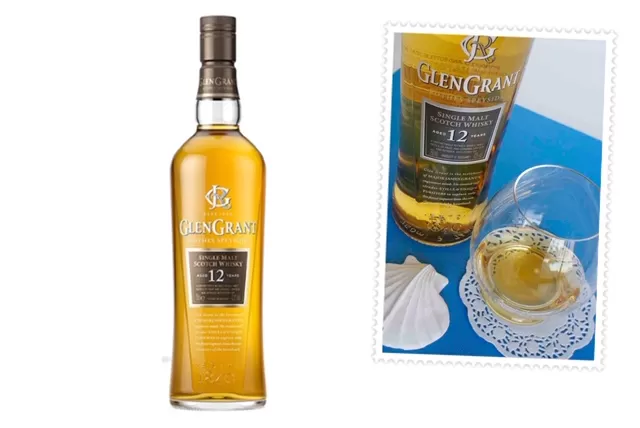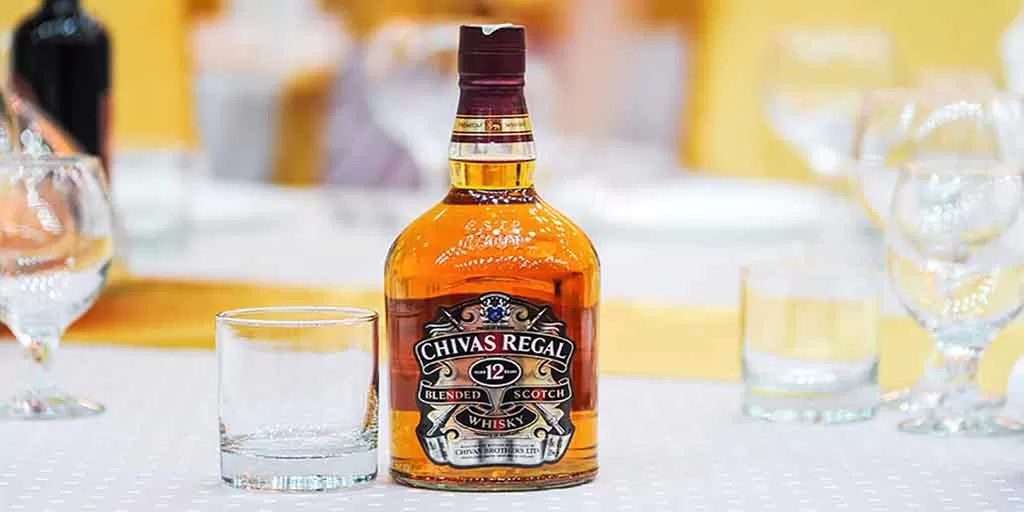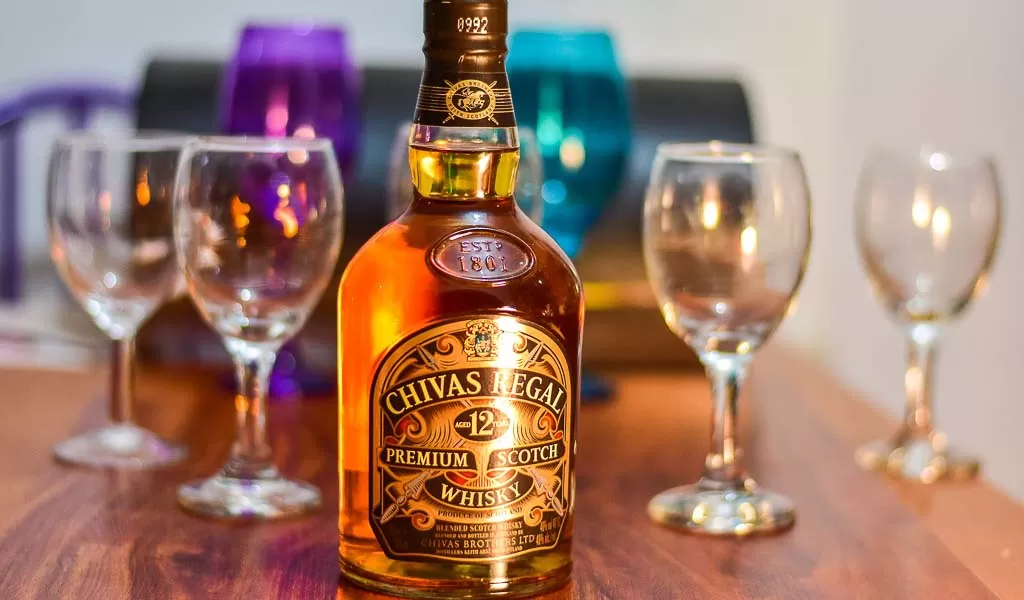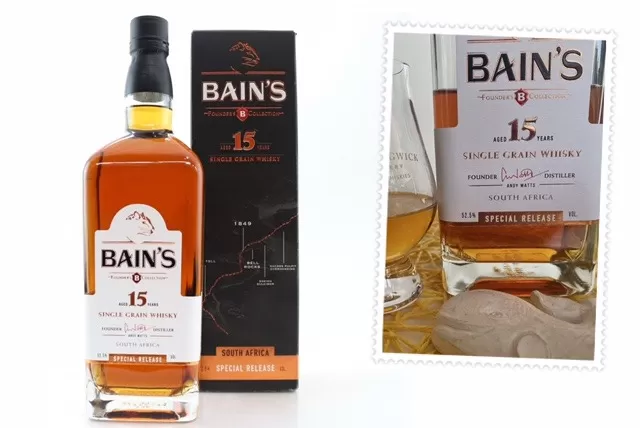Jack Daniel’s Single Barrel vs Woodford Reserve Bourbon
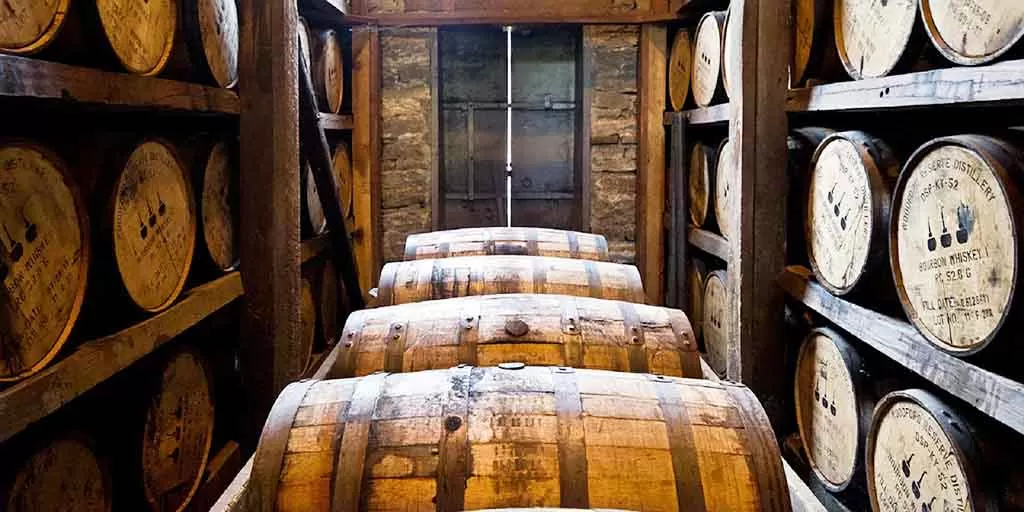
One question that comes up frequently is, Jack Daniel’s Single Barrel vs Woodford Reserve bourbon whiskey – which one should I buy, or which of these two releases is better?” Now, proclaiming one to be superior to the other is challenging. Why, you ask? Well, it’s because each of us has our unique taste preferences when it comes to whiskey.
Read More »Jack Daniel’s Single Barrel vs Woodford Reserve Bourbon

